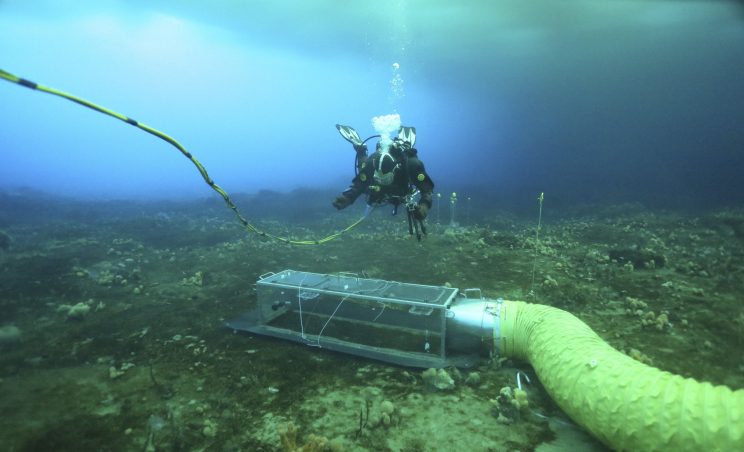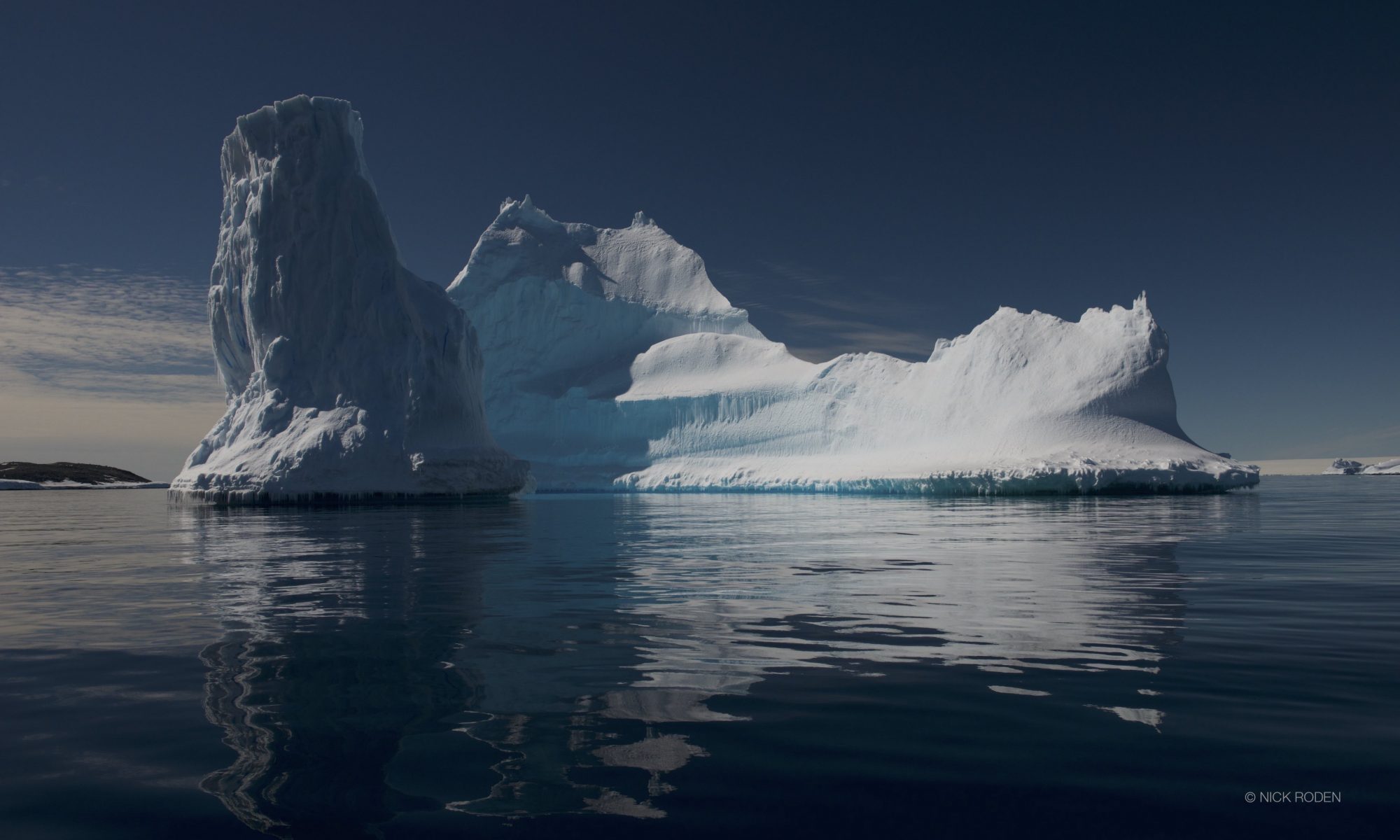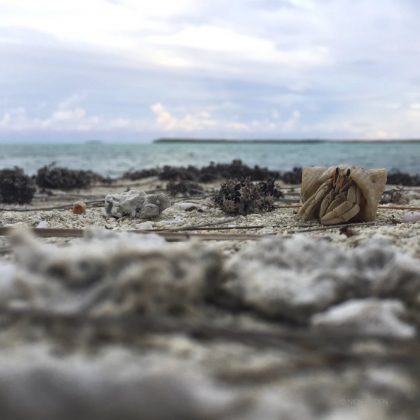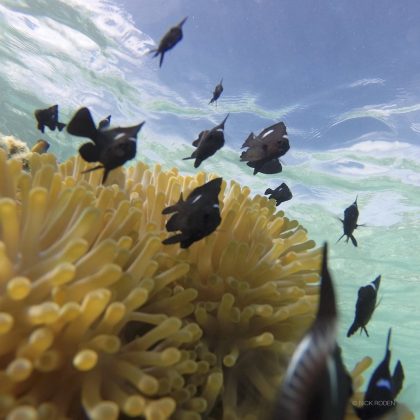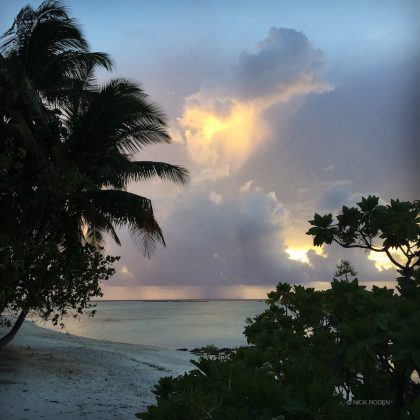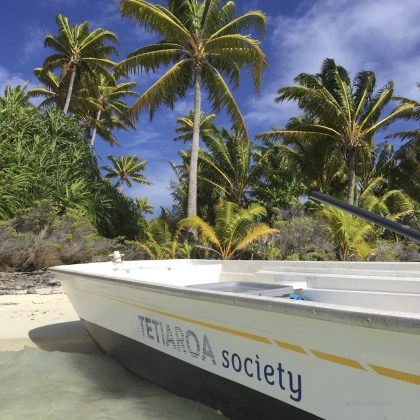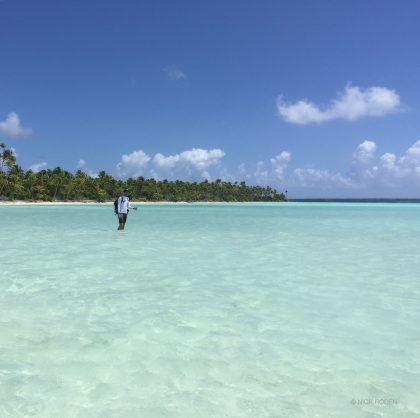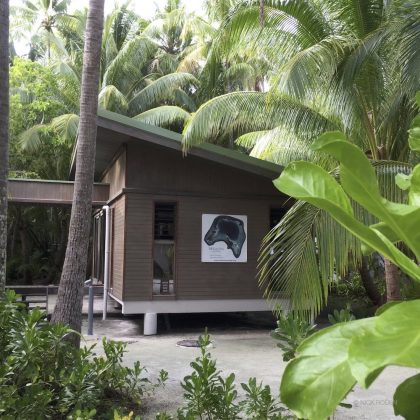Tetiaroa Ocean Acidification Project
Tetiaroa is a privately owned atoll, approximately 48 km north of Tahiti, in the Windward Islands of French Polynesia. An island paradise like no other, Tetiaroa has provided researchers from the University of Washington with an exciting opportunity to study the impacts of ocean acidification on a pristine coral reef ecosystem.
Thanks to the generous support of the Seeley Foundation and the Tetiaroa Society, researchers are investigating the feasibility of building a unique free-ocean carbon dioxide enrichment (FOCE) experiment on the atoll.
FOCE technology enables a “future ocean” to be created in a natural marine environment, rather than a laboratory, which allows an entire ecosystem’s response to future changes to be studied. A key ingredient of any FOCE experiment, is CO2. Thankfully, researchers on the atoll have access to an unusual source of CO2 from the island’s air conditioning system.
The Brando, a luxury resort located on Tetiaroa, uses a Seawater Air Conditioning (SWAC) system that pumps cold seawater from the deep ocean to the surface, where it is used in a heat exchanger to cool the buildings. Since the water is also quite old, it contains naturally high concentrations of dissolved CO2. By extracting enough CO2 from the SWAC water, researchers could potentially run the FOCE experiment indefinitely, allowing for the longterm impacts of ocean acidification on coral reef communities to be determined.
For further information on Tetiaroa’s ocean acidification research program, visit here.
Antarctic Free-Ocean CO2 Enrichment Experiment
From December 2014 to February 2015, a consortium of Australian, MBARI and Plymouth Marine Laboratory researchers conducted the first Antarctic free-ocean CO2 enrichment (antFOCE) experiment to investigate the impacts of higher atmospheric CO2 concentrations and lower seawater pH on Antarctic benthic communities. The progress made during the field campaign near Casey station in East Antarctica is documented here and the results from the experiment itself will be published shortly.
